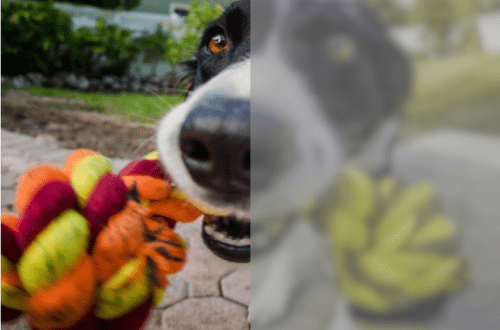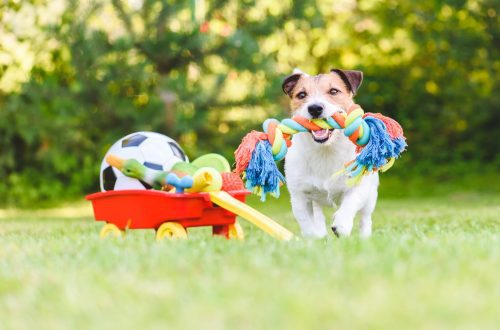
Why does a dog eat snow
On a walk, a pet can happily lick or eagerly swallow a cold white mass. But why does a dog eat snow? And is it safe?
Why do dogs eat snow?
 Only dogs know for sure why they like to eat snow. But there are several guesses as to the reasons for this behavior:
Only dogs know for sure why they like to eat snow. But there are several guesses as to the reasons for this behavior:
The dog wants to drink. If a lot of time has passed since the last time the owner filled the dog’s bowl with water, his water may not be of the best quality. At the same time, it is difficult to come up with something fresher and cleaner than freshly fallen snow.
It’s in the DNA. Before dogs were domesticated, their ancestors in colder climates often had to rely on snow to replenish their body’s water balance. Perhaps this is an innate behavior encoded in the dog’s DNA thousands of years ago. And it still shows up.
The dog has health problems. If your dog obsessively eats snow, you should consult with your veterinarian. According to Petful, excessive fluid intake, including snow, can be a sign of Cushing’s disease or problems with the thyroid gland or kidneys. PetHelpful adds that some dogs eat snow for the same reason they eat grass: to induce vomiting and soothe an upset stomach. Therefore, to make sure that this is just a behavioral feature of your pet, it is necessary to contact your treating veterinarian for an in-person examination to rule out more serious causes.
- The dog just loves the process. It is likely that initially the dog tries to eat snow out of curiosity. Then she likes the taste, texture, or cold sensation of the first bite enough to make her want to continue.
Can dogs eat snow
 If the snow is clean, in small quantities it will not harm the dog. The danger comes primarily from toxic substances, such as anti-icing agents or antifreeze, with which it can be treated. In addition, eating snow in large quantities can cause hypothermia in a dog.
If the snow is clean, in small quantities it will not harm the dog. The danger comes primarily from toxic substances, such as anti-icing agents or antifreeze, with which it can be treated. In addition, eating snow in large quantities can cause hypothermia in a dog.
Another danger is that the dog may bite off or swallow foreign objects such as sticks, stones or debris buried under the snow. It can break a tooth, cause choking, or, if swallowed, damage or block the intestines. Such situations require urgent surgical intervention.
Do not allow your pet to eat dirty, stained, or melted snow, as well as snow along driveways, on sidewalks, or in other areas with heavy traffic. Under no circumstances should a dog be allowed to eat snow collected by a snowplow or under its wheels. If your dog has eaten dirty snow, keep a close eye on her condition and, if necessary, consult a veterinarian.
How to wean a dog from eating snow
It is unlikely that you will be able to completely ban a dog from eating snow. But there are a few steps you can take to keep your dog from rushing to the nearest snowdrift like a buffet of treats during the next snowfall:
Provide your pet with plenty of clean drinking water and make sure that the water is fresh.
Walk the dog on a leash. Try to avoid snowy areas, especially puddles of melted snow, as they are more likely to contain chemicals.
Take a toy or treat with you on walks to distract the animal from the snow.
Paw pads are also often affected in winter, especially if the pet lives in a city where it is almost impossible to exclude contact with icing agents or other chemicals. Therefore, going outside, you can put on boots on the dog or, upon returning home, thoroughly wash her paws.
It is normal for dogs to occasionally chew on some snow. It is important to remember that the owner’s task is to make sure that nothing harmful gets into the pet’s mouth along with the snow. Of course, a dog can find a way to eat what it shouldn’t. If this happens, you need to contact a veterinarian and get his opinion.





